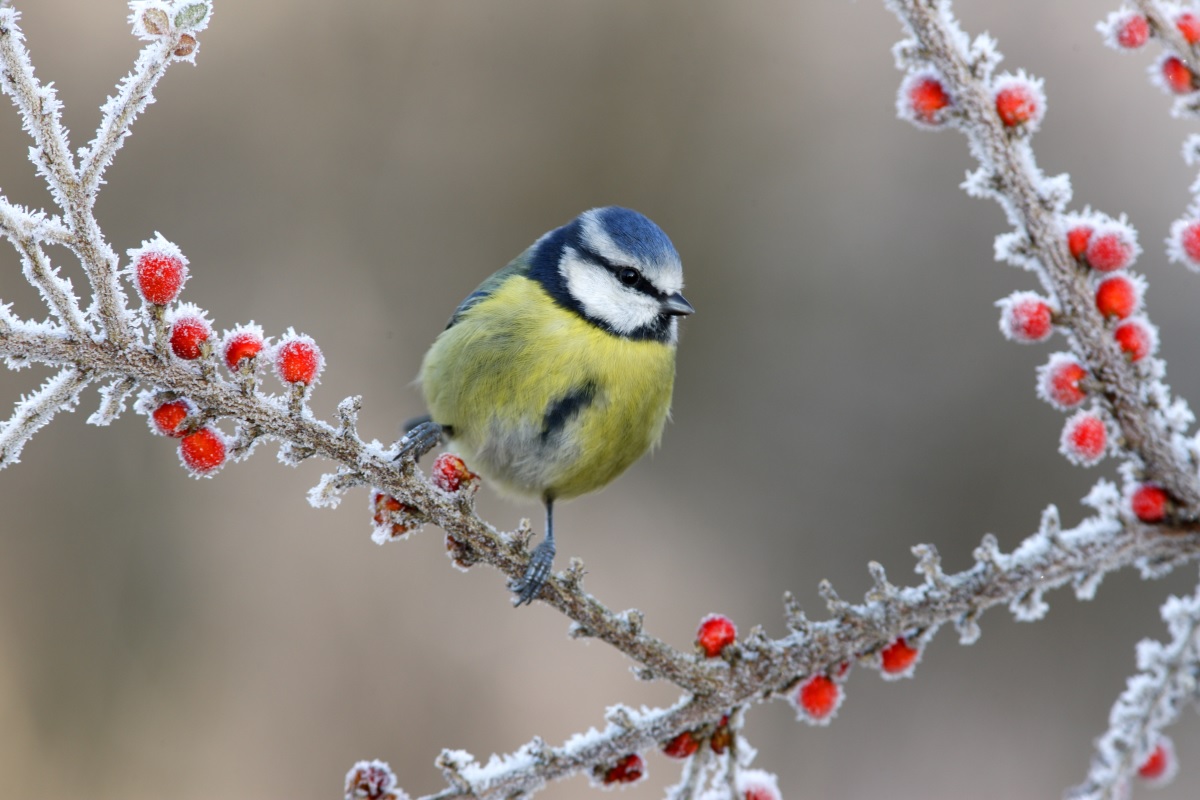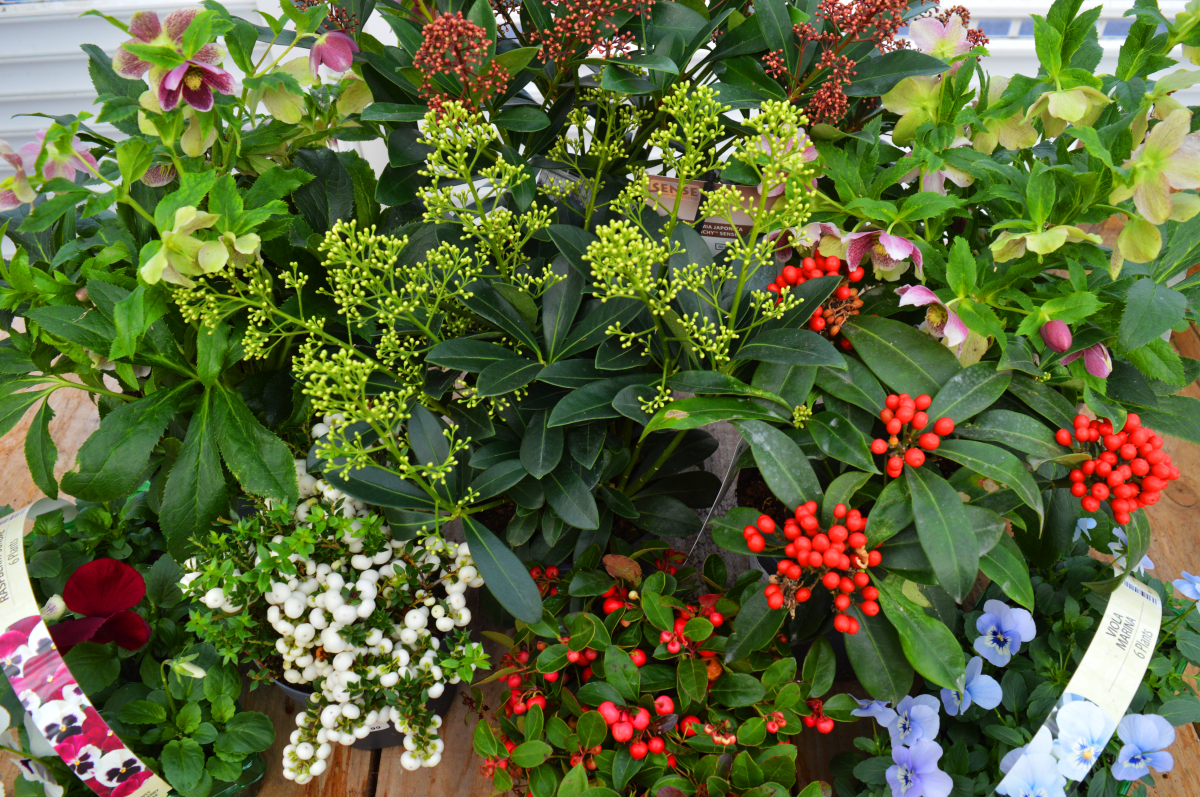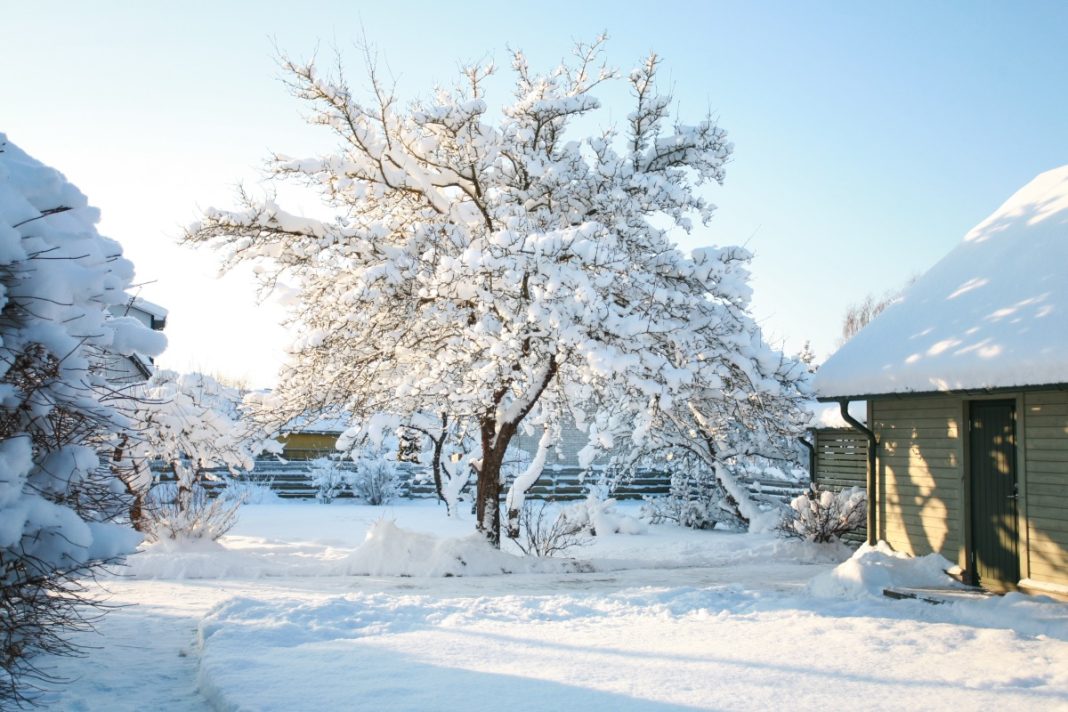Are you guilty of letting your garden fester in the colder months? Tending your garden shouldn’t stop when the sun disappears!
This post was written in partnership with The Mains of Drum Garden Centre
Q. When should I start getting my garden ready for winter?
As the leaves begin to turn and the nights get shorter, its time to prepare for the coming winter. It can happen very suddenly in Scotland, so seize the chance to get outside during any dry spells early Autumn has to offer.
These opportunities will slowly fade as the morning frosts gradually prolong, so it’s a good idea to be prompt.
Q. What plants, fruits or vegetables can you grow in winter in Scotland?
Skimmia, Hellebore, Pansy and Viola can extend the period of flowering in a garden on all but the very coldest of winter days. Colourful berries produced by Gaultheria and Pernettya make excellent winter display companions.
October is a great month to plant a tree or shrub. There’s still a warmth in the soil for roots to start establishing, and since they’re heading towards dormancy, the need for any watering is reduced.
Plant your bulbs now for flowering early next spring. This will lift spirits after what can feel like a long dark winter with a riot of colour from Crocus, Iris and Winter Aconites.

Plant raspberry canes and rhubarb. Onion sets and garlic bulbs can be planted for harvest next summer. Soft-neck garlic tends to store longer, but hard-neck garlic copes better with harsh winters.
Q. How do you prepare your soil for planting?
Make sure it’s not frozen or waterlogged before attempting to do any digging, as this will hinder root establishment.
If your soil is poor, add some organic matter to boost nutrients and improve the soil.
Q. What’s the best way to protect plants from frost?
A thick mulching of bark or leaf mould around the base of a plant should suffice most hardy plants. However, more tender plants like citrus trees require extra protection from a greenhouse or cold frame during the coldest periods.
Fleece tender plants that can’t be moved, like tree ferns. Dahlias and Cannas can be lifted after the first frost; use a fork to pull up the tubers and shake off as much soil as possible, cutting back the stems to a few inches. Rinse the tubers and discard any which are soft or have signs of rot before storing them in pots of dry compost in a shed or garage.
Ensure all pots are raised onto pot feet unless sitting on gravel to allow drainage. This prevents pots from becoming saturated by rain and snowmelt. There is a risk that sodden compost freezing can cause pots to crack. Good drainage also prevents roots from rotting in cold, wet conditions.

Q. What other garden maintenance is important coming into the winter months?
Ensure outside taps are switched off or made winter-proof with a tap cover during frosty weather. Water butts should be emptied and cleaned, pond/water feature pumps should be switched off, emptied of water, cleaned and stored somewhere frost-free until spring. Tidy hoses away to a frost-free area.
Sharpen and clean tools in preparation for winter and spring pruning.
Don’t forget to feed the birds throughout autumn and winter, and clean the feeders and bird tables regularly to avoid spreading any disease. Repair any damaged birdhouses and feeders, ready for next year.
Q. What are your top takeaway tips for maintaining your winter garden in Scotland?
- Trees and shrubs are best pruned while dormant over the cold winter period
- Bush and climbing roses should be cut back to prevent wind rock damage and encourage strong, fresh growth in spring
- Prune apple and pear trees, currants and gooseberry bushes to ensure healthy new growth and good airflow between branches
- Knock snow off conifers and greenhouse roofs
- Keep paths clear of snow, periodically brushing sand onto paving slabs will give a better grip on wet or frosty surfaces





